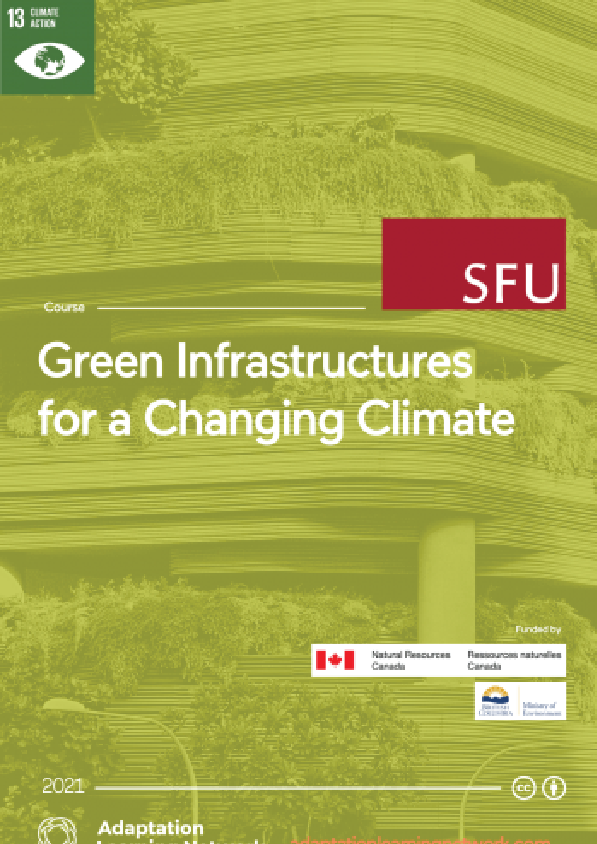Welcome to the first module of the Green Infrastructure course. It makes sense to begin first by introducing yourself to other members of the class – as you will find this network of professionals to be a very rich resource for your continued learning journey.
We are excited to begin this learning experience by clarifying some basic definitions for Green infrastructure (GI) and explore the fundamentals of GI. We begin with the assumption that urban centres face three main challenges with regard to water management: storm flooding, water pollution and water shortages. Urban areas around the world are working to reduce runoff and pollution, and also to restore downstream ecologies. This occurs when low impact development methods are integrated with grey infrastructures, large-scale flood control projects and ecological rehabilitation. There are some promising experiments taking place worldwide with Green Infrastructure systems to support these efforts.
Green infrastructure is a broad category that includes both natural ecosystems and engineered systems created to mimic the natural functions and services provided by healthy ecosystems to human communities. Green infrastructure is referred to using various terms including natural asset infrastructure, low-impact development, green rainwater infrastructure, blue-green infrastructure, etc. Each term has been developed to describe a system focused on distinct outcomes and often on a particular scale. When you read the article by Fletcher, it will give you a sense of how these terms are used and how they have evolved over time. For the purposes of this course, we will focus primarily on enhanced and engineered green assets, particularly as they relate to water.
GI is considered a strategy for mitigating the harmful impacts of urban stormwater runoff and has been implemented in cities around the world. Also referred to as Green Rainwater Infrastructure (GRI) or Low-Impact Development (LID), these systems have the capacity to capture, infiltrate, treat, and convey urban runoff safely into the natural environment to avoid pollution, flooding, and many other unintended consequences. GI systems have been found to eliminate over 90% of pollutants that were commonly found in roadway runoff by way of infiltrating runoff through soils and plant tissues. In addition to natural GI, enhanced and engineered GI systems – often in the form of green roofs, bioretention cells, and permeable pavements – are capable of retaining 50-70% of annual stormwater runoff when maintained properly. This graphic provides a big picture primer.
Broadly speaking, green infrastructure (GI) encompasses any system that uses ecosystem functions to provide a service to human societies. GI systems vary significantly in their purpose, capacity, and complexity – however, all are assets that require ongoing strategic asset management. While green infrastructure is anything that uses biological systems and ecosystem functions to provide a service to humanity, effective green infrastructure does so without degrading those systems or functions. Here are some of the systems we will talk about in this course and what they are designed to do.











